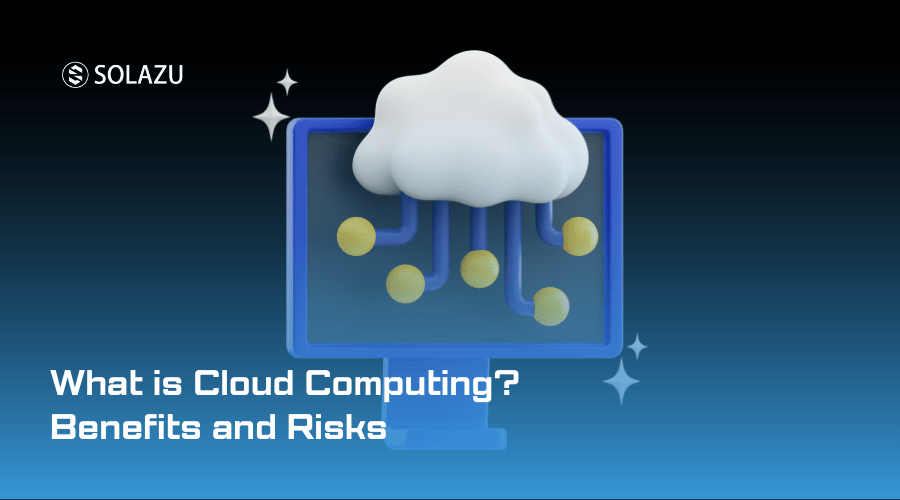Cloud computing has become a buzzword in the tech industry in recent years. But what is cloud computing? Simply put, cloud computing is the delivery of computing services, including servers, storage, databases, software, analytics, and more, over the internet. These services are delivered on-demand and can be accessed from anywhere in the world with an internet connection.
What is Cloud Computing?
Cloud computing refers to the practice of using remote servers to store, manage, and process data instead of using local servers or personal computers. This technology allows users to access computing resources over the internet, rather than having to rely on physical hardware.
Benefits of Cloud Computing
1. Cost-Effective
One of the most significant benefits of cloud computing is cost savings. With cloud computing, you no longer need to invest in expensive hardware and infrastructure. Instead, you can rent computing resources on-demand and pay only for what you use. This can result in significant cost savings for businesses, particularly small and medium-sized enterprises (SMEs).
2. Scalability
Cloud computing services are designed to be scalable, meaning you can easily increase or decrease the amount of computing resources you use based on your business needs. This allows you to quickly and easily scale up or down without having to invest in additional hardware or infrastructure.
3. Flexibility
Cloud computing services are incredibly flexible. You can access your data and applications from anywhere in the world with an internet connection. This means you can work from home, on the road, or from anywhere else you need to be. Additionally, you can easily add or remove users, applications, and services as needed.
4. Disaster Recovery
One of the often-overlooked benefits of cloud computing is disaster recovery. With cloud computing, your data is stored in secure data centers that are designed to be resilient to disasters such as power outages, fires, and floods. This means that your data is always safe, even in the event of a disaster.
5. Collaboration
Cloud computing services are designed to promote collaboration. Multiple users can access the same data and applications simultaneously, allowing for greater collaboration and productivity.
Risks of Cloud Computing
1. Security
One of the biggest risks of cloud computing is security. When you move your data and applications to the cloud, you are essentially handing over control of your data to a third party. This means that you need to ensure that your data is stored securely and that the cloud provider has appropriate security measures in place.
2. Downtime
Another risk of cloud computing is downtime. If your cloud provider experiences an outage, your data and applications may be unavailable for a period of time. This can result in lost productivity and revenue for your business.
3. Data Loss
Another risk of cloud computing is data loss. While cloud providers have multiple redundancies in place to ensure data is not lost, there is still a risk of data loss due to hardware failures, software bugs, or other issues.
4. Compliance
Depending on the industry you operate in, you may need to comply with specific regulations and laws around data privacy and security. You need to ensure that your cloud provider is compliant with these regulations and laws.
Conclusion
Cloud computing has revolutionized the way businesses operate. With its cost savings, scalability, flexibility, disaster recovery, and collaboration benefits, it is easy to see why businesses are turning to cloud computing. However, it is important to be aware of the risks associated with cloud computing, including security, downtime, data loss, and compliance. With the right cloud provider and security measures in place, cloud computing can be a game-changer for your business.
